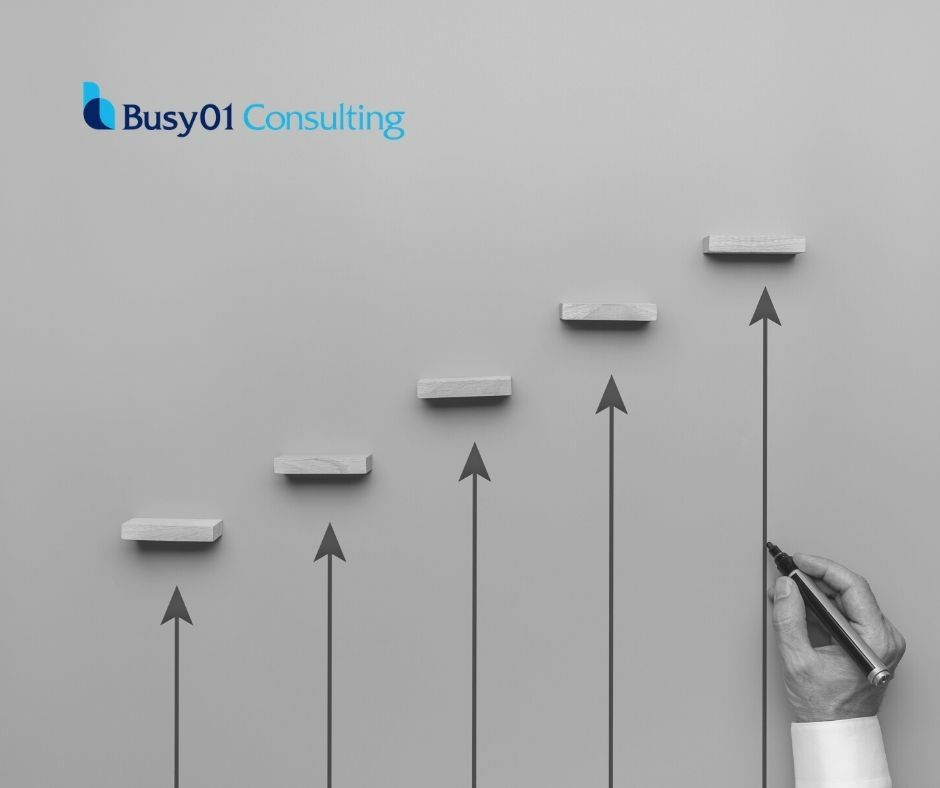
Leveraging your technology
Leveraging your technology
The decisions you make in your business are only as good as the data you use to make them. The more accurate and up to date your data is, the better your decisions will be. Leveraging your technology will provide you with accurate real-time data to make more informed decisions in your business.
Processes and systems drive your business, so it’s important to ask yourself if all of yours are clearly documented and up to date? Some processes may be followed simply because they always have been. Although other processes may have evolved over time, your documentation might not necessarily reflect this.
Using technology to streamline your processes and systems increases efficiency in your business, saving time, money, and reducing stress. You’ll also prepare your business for the future, making it more sustainable, scalable, and saleable.
Leveraging your technology can help you to:
- Make your data accessible from the cloud, allowing you to view real-time data and make decisions on the go.
Example: Xero. - Reduce human error and increase productivity by automating repetitive tasks and workflows.
Example: Asana for workflows. - Track your expenses and load them directly to your accounting software simply by taking a photo.
Example: ReceiptBank. - Minimise double handling and increase efficiency by integrating your apps.
Example: Xero Marketplace. - Collaborate with your team regardless of where they are.
Example: Slack and Microsoft Teams. - Save the time and money needed to travel by using online meetings.
Example: Zoom and Microsoft Teams. - Induct new team members seamlessly with clearly documented processes.
Example: Deputy. - Monitor your inventory in real-time, reducing inventory days and freeing up cash.
Example: Fishbowl and Unleashed. - Store customer preferences to personalise customer experience, increasing customer satisfaction and retention.
Example: Vend and Kounter. - Make your business become scalable with systems in place to allow the business to grow without the wheels falling off. Talk to your business adviser.
Using technology to its maximum advantage will help to improve your business. However, implementing these changes can often be overwhelming.
Talk to us about any of the above technology to improve efficiencies in your business.








